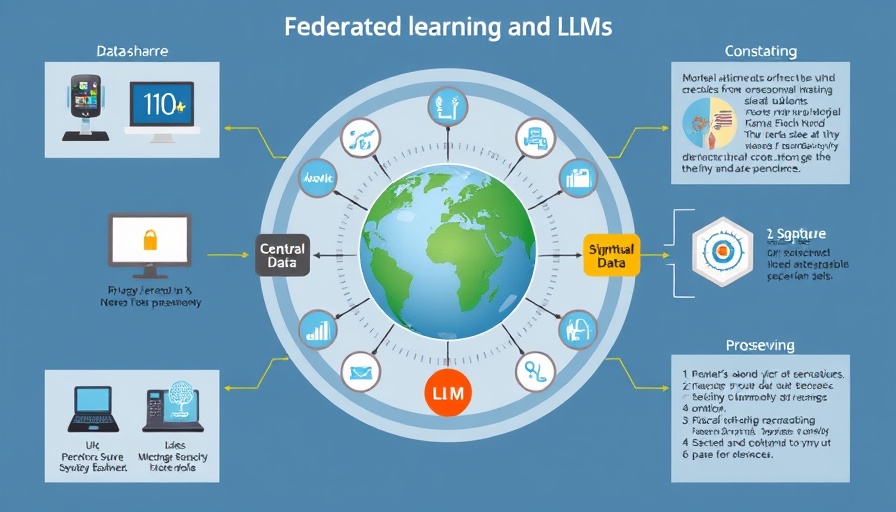
Understanding Wearable Sensors and Their Data
With wearable devices like smartwatches and fitness trackers becoming ubiquitous, they continually capture a rich stream of data concerning our health and activities. Devices monitor heart rates, steps taken, fitness levels, and sleep patterns, providing us with actionable insights about our bodies. However, despite the vast volumes of data collected, the context behind these numbers—like whether a high heart rate indicates a brisk run or stress—often remains elusive. This gap between raw data and its meaningful interpretation creates hurdles in fully leveraging these technologies for personal health management.
The Challenge of Data Annotation
Many of us understand the basics of our health statistics, but interpreting what they actually mean can be complex. One significant challenge lies in the scarcity of extensive datasets that combine sensor data with rich textual descriptions. Manually annotating millions of hours of data is not only expensive but also time-consuming. This is where innovative solutions like SensorLM come into play, bridging this crucial gap.
Introducing SensorLM: A Groundbreaking Model
Meet SensorLM, a pioneering family of sensor-language foundation models developed to connect the dots between wearable sensor data and natural language. This model has been pretrained on nearly 60 million hours of multimodal sensor data collected from over 100,000 participants across 127 countries. The scale and diversity of this data are unprecedented and position SensorLM as a leader in transforming how we interpret sensor data.
By employing a novel hierarchical pipeline, SensorLM automatically generates meaningful descriptions from complex sensor data, helping to contextualize it in ways previously thought unattainable. Instead of relying solely on manual annotations, this approach allows the model to provide contextualized narratives about health activities, thus unlocking the full potential of wearable technology.
The Future of AI in Health Monitoring
As AI continues to dominate conversations around technology and healthcare, the implications of models like SensorLM are vast. They pave the way for personalized health insights, enabling users to make informed decisions about their well-being. The integration of AI in wearable technology signifies a pivotal shift, moving towards a future where each individual's health data can be easily interpreted and acted upon.
Why This Matters to Professionals
For professionals engaged in health, wellness, or technology sectors, understanding advancements in AI and wearable tech is crucial. SensorLM not only represents a technological leap but also lays the groundwork for future AI innovations that can be harnessed in business networking, community building, and professional development. Keeping abreast of these changes allows individuals to position themselves strategically within evolving job markets.
 Add Row
Add Row  Add
Add 





Write A Comment